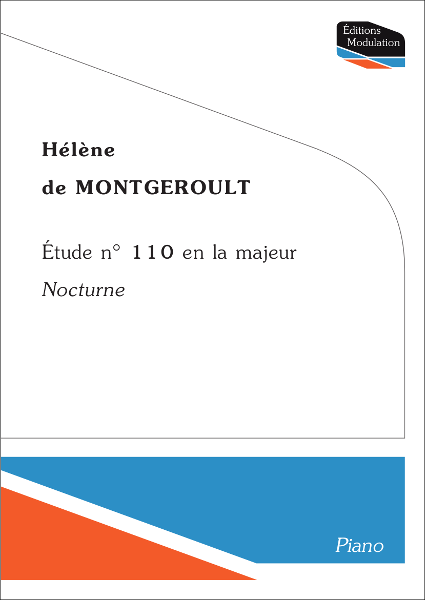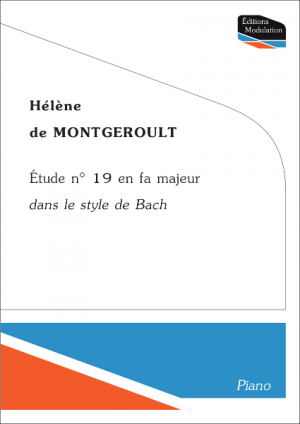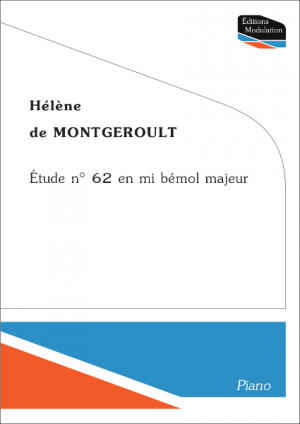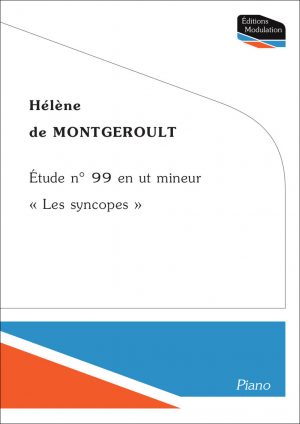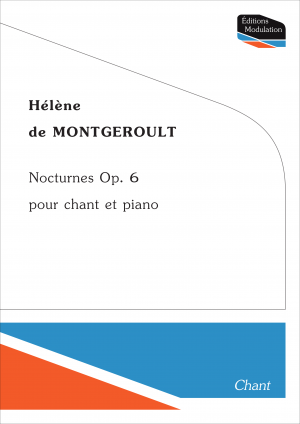Description
Nocturne
Etude for both hands: to sing in a broad style.
If singing well is the greatest difficulty on all instruments, one could almost despair of overcoming it on the Forte-Piano which, deprived of the faculty to sustain sounds, has given everything when it has been struck; but emotion makes clever, and the need to express what one feels can create resources that escape the mechanic. Thus, since the Piano offers neither the developments of the voice, nor the scale of the bow, nor the sustained sounds of wind instruments, it was necessary to make him choose a model to sing well, and this model must be the most perfect of the instruments which is the voice; the developments of this principle have been given in our preface; we urge the students to read it carefully, and to meditate well on our method. In no part of this book, and perhaps in none of those written for the Piano, it is no longer necessary to use it only in the one we give here, as a test of how to sing with broadness, elegance and phrasing. It is in simple and extended sentences that the purity of the style, the width of the appogiaturas, the independence where must be the hand that sings with the accompanying hand, to anticipate without haste from one bar to the other, it is in such a piece, let us say, that all the subtleties, the resources, the illusions of art are indispensable to produce the effect of the voice or a bowed instrument. Here the singing phrase must always dominate the accompaniment; that is why, even when we indicate it pianissimo, the student will feel that this dynamics will only be relative, and that the melody must always be expressed by a touch that pushes the note, even after it has sounded, while the bass will be softened and melted so that we hear even more the whole harmony of the chord than each of the sounds that compose it. The artist with a great feeling will judge that, despite the great quantity of dynamics that we have mentioned, there are still others that are inspired by the moment. We have not noted all the appoggiaturas that this kind of singing is likely to have because time ages the turns that are, more than singing, subject to the empire of fashion. By penetrating well the character of this piece which is indicated by the long development of the sentences, the artist will feel that the appoggiaturas must be of a style as broad as noble, and that their performance must participate in these two qualities, that is to say that the ornaments composed of linked sounds will flow without haste,
and will be inspired only by the need to fill the void left on the Piano by the too long duration of a sound that cannot be sustained. The exact regularity of the left hand must be rigorously maintained, whatever alteration is caused in the right by the expression of the song and the development of the appogiatura introduced into it. The bass drums will be played as legato as possible, and almost always piano. (H. de Montgeroult)

